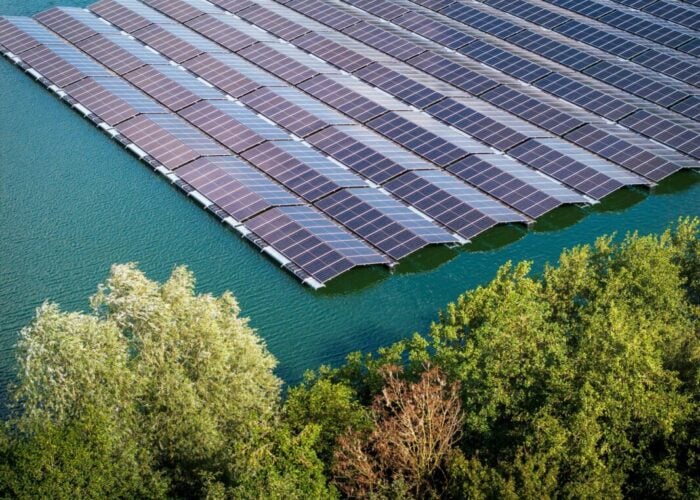The Solar Electric Power Association (SEPA) has been working with utilities and solar companies in the US for more than 20 years. As the relationship between the big energy firms and solar energy becomes more and more relevant, SEPA argues that utilities need to be part of the solution and not seen as part of the problem. PV Tech asked its president and CEO Julia Hamm how her organisation can close the gap between the solar industry and utilities.
How did SEPA start?
Try Premium for just $1
- Full premium access for the first month at only $1
- Converts to an annual rate after 30 days unless cancelled
- Cancel anytime during the trial period
Premium Benefits
- Expert industry analysis and interviews
- Digital access to PV Tech Power journal
- Exclusive event discounts
Or get the full Premium subscription right away
Or continue reading this article for free
SEPA was formed 20 years ago by the US Department of Energy and the Solar Energy Industries Association (SEIA). They recognised back then that solar would be very important to utilities in the future – so they agreed a new organisation was needed to help utilities.
SEPA membership is half utilities – about 430 – and 400-plus members of solar companies, from research and development, manufacturing and installing to engineering.
The first few years SEPA was focused on hardware deployment as a public-private organisation. SEPA actually helped to pay for the very first 11,000 solar systems to be grid connected in the US. It helped with the administration and finance and analysed all the recipients on their opinions of solar, from performance and price, then we reported back to the solar market.
What was the biggest challenge SEPA faced in the beginning?
Everything! That [on grid] was new; off grid solar systems were very common, but on grid was very, very new – so all of it was a challenge. Costs were high and lots of research and development was needed.
How has on grid solar developed since then?
It [the research on the first 11,000 systems] gave a boost to the industry and a whole variety of products and educational materials and market research was developed, helping to understand corporate strategies, for individual companies and utilities.
What is the most difficult challenge SEPA faces now?
Some companies have extreme views! But the majority of companies recognise collaborative dialogue, it’s a compromise on both sides to make sure the grid infrastructure is paid for, and the solar industry keeps its distributed framework.
Has SEPA been involved in the net metering disputes in California and Arizona?
SEPA does not really deal with issues state by state; we very much keep it at the national level as an organisation we are looking for overall frameworks for states to modify and tweak, rather than going state by state.
How is SEPA involved with the Sunshot Initiative?
We are a sub-contractor for a few pieces and interconnection procedures, and grants and forecasting and software provision. It’s a great national goal, and brings down costs.
What ambitions does SEPA have for the solar future?
SEPA is very interested in keeping utilities engaged, it’s important to be engaged and communicate that utilities are part of the solution, not part of a problem. For instance interconnectivity is not very fast, and not as transparent as solar is. Utilities are used to a small number interconnections, a couple a year…and then suddenly they have hundreds, or thousands even, it’s a significant shift in practices.
We help utilities by using new software and making the process more transparent, which in turn helps installers. Often solar companies don’t know that the interconnection takes a long time, but the software helps bring down the costs and the time for installers.
What is working at SEPA like?
It’s exciting! I joined SEPA in 1999, so I’ve seen a lot happen. For me it’s so exciting that our job get’s more and more relevant everyday. But for solar markets to reach utilities, they have to be part of the solution.
How does SEPA specifically help solar companies?
SEPA helps to educate solar companies on how utilities work, how they operate, how they make money. This helps solar to sell better to utilities and understand them as customers, and how they work. Then solar companies know that utilities are not intentionally slow in the connection process. SEPA helps educate solar firms about utilities, then facilitates relationships between them and utilities.
What is SEPA’s next scheme then?
Well we are uniquely positioned to advise on the net-metering issue, but we are always ready to work on the next plan!






